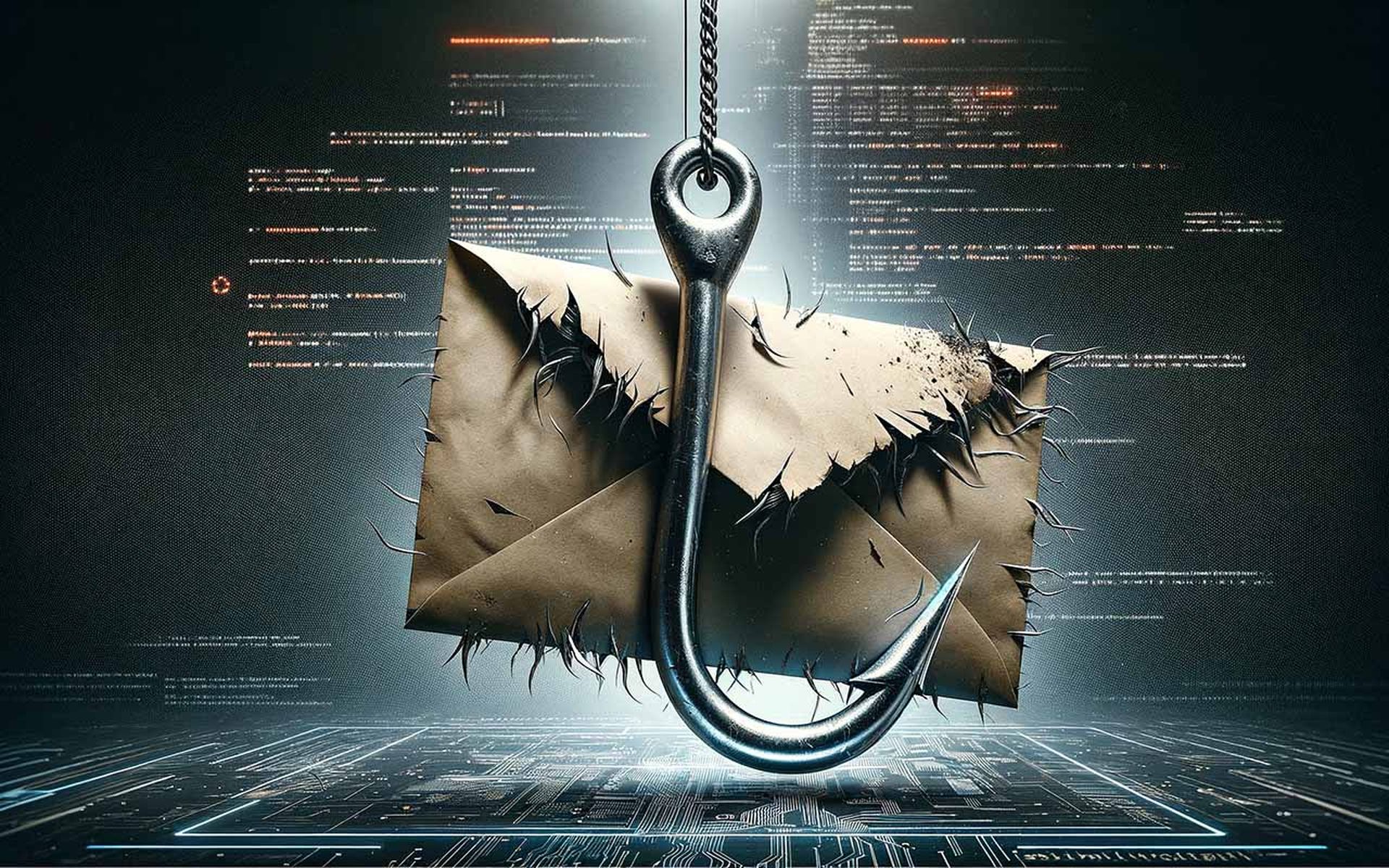Ransomware
Ransomware attack disrupts Johnson Controls
Share
BleepingComputer reports that multinational building automation conglomerate Johnson Controls had its operations, as well as those of its subsidiaries, disrupted by a significant ransomware attack claimed by the Dark Angels ransomware operation over the weekend that compromised its VMware ESXi servers and various other devices.
After having some of its IT systems taken down following the attack, technical outages have been disclosed by Johnson Controls subsidiaries Simplex, York, and Ruskin on their customer portals and website login pages. Moreover, one York customer posted on Reddit that all of the company's systems have been down after the intrusion.
Investigation into the extent of the attack is still underway, said Johnson Controls in a Form 8-K filed with the Securities and Exchange Commission.
Meanwhile, more than 27 TB of data were claimed to be stolen by Dark Angels ransomware, which also encrypted the firm's VMware ESXi machines. Johnson Controls has been demanded to pay $51 million as ransom by the group, which commenced operations in May 2022.
An In-Depth Guide to Ransomware
Get essential knowledge and practical strategies to protect your organization from ransomware attacks.
Related Events
Get daily email updates
SC Media's daily must-read of the most current and pressing daily news



